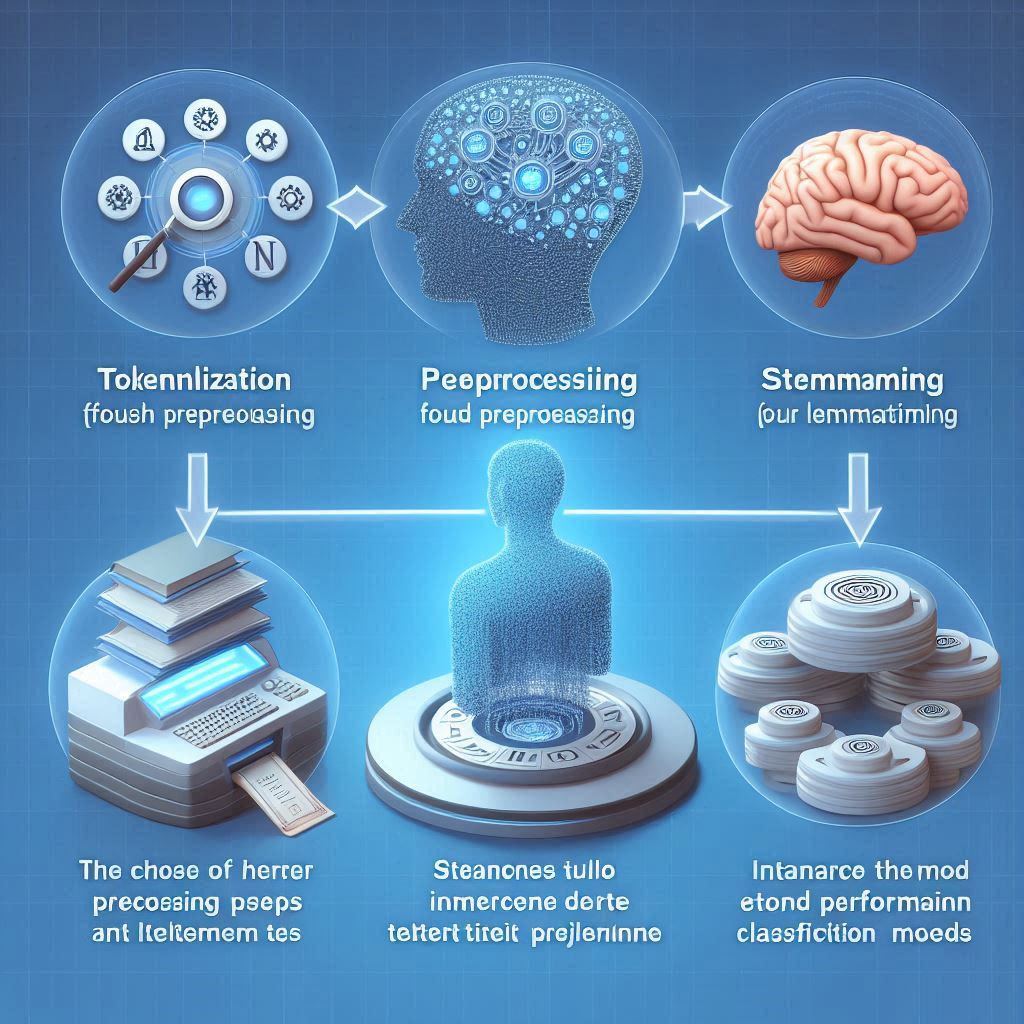Presence Penalty vs Frequency Penalty
In the world of business and technology, chatbots are becoming an increasingly popular way for companies to interact with their customers. Chatbots are computer programs that can carry on conversations with people, usually over the internet, in order to provide assistance, advice, or answers to questions. As such, it is important for companies to understand how to optimize the chatbot’s performance in order to provide the best customer experience possible. In this article, we will be discussing two of the most important elements of optimizing chatbot performance: presence penalty and frequency penalty.
What is a Chatbot?
A chatbot is a computer program that utilizes artificial intelligence to conduct conversations with people. These conversations can range from answering questions to providing advice. As technology has become more advanced, so too have chatbots, allowing for more natural conversations and more accurate replies to customer queries.
What is Presence Penalty?
Presence penalty is a measure of the chatbot’s ability to respond accurately and consistently to a customer’s query. This measure looks at how quickly the chatbot responds and how accurately it can answer the query. If the chatbot responds quickly and accurately then it is said to have a low presence penalty.
What is Frequency Penalty?
Frequency penalty is a measure of the chatbot’s ability to maintain a conversation. This measure looks at the length of the conversation and the amount of time that it takes for the chatbot to repeat content. If the conversation is lengthy and the chatbot does not repeat content then it is said to have a low frequency penalty.
Chatbot Presence Penalty Explained
The presence penalty of a chatbot is a measure of how quickly it is able to respond to queries and how accurate those responses are. If the chatbot responds quickly and accurately then it has a low presence penalty, while if the chatbot takes a long time to respond or responds with inaccurate answers then its presence penalty increases. It is important to note that presence penalty does not measure the quality of the response, but instead how quickly it is able to respond and how accurate that response is.
Chatbot Frequency Penalty Explained
The frequency penalty of a chatbot is a measure of how well it is able to maintain a conversation. If the conversation is lengthy and the chatbot does not repeat content then it is said to have a low frequency penalty. However, if the chatbot is repeating content or responding too quickly then its frequency penalty increases. It is important to note that frequency penalty does not measure conversation quality, but instead how well the chatbot is able to maintain a conversation.
Key Differences Between Presence and Frequency Penalty
The primary difference between presence penalty and frequency penalty is the type of measure used to evaluate chatbot performance. Presence penalty looks at how quickly the chatbot responds to queries and how accurate its answers are, while frequency penalty looks at how well the chatbot is able to maintain a conversation.
It is important to note that presence penalty and frequency penalty are two distinct measures that are used to evaluate the performance of a chatbot. Both measures are important for optimizing the chatbot’s performance and should be taken into consideration when designing a chatbot.
How Does Presence Penalty Impact Performance?
Having a low presence penalty is critical for optimizing the performance of a chatbot. When a chatbot has a low presence penalty, it is able to respond quickly and accurately to customer queries, providing a better customer experience. This can lead to increased customer satisfaction and, ultimately, improved business performance.
Can Frequency Penalty Improve Performance?
Having a low frequency penalty is also essential for optimizing the performance of a chatbot. When a chatbot has a low frequency penalty, it is able to maintain a conversation for a longer period of time without repeating content. This can lead to more meaningful conversations with customers, resulting in increased customer satisfaction and improved business performance.
Factors Influencing Performance of Presence vs Frequency Penalty
There are a number of factors that can influence the performance of a chatbot’s presence and frequency penalty, including the type of query, the complexity of the query, the conversational style of the customer, and the level of natural language processing utilized by the chatbot. It is important to take all of these factors into consideration when designing a chatbot in order to optimize its performance.
Examples of Presence & Frequency Penalty in Chatbots
An example of a chatbot with a low presence penalty is one that responds quickly and accurately to customer queries. An example of a chatbot with a low frequency penalty is one that is able to sustain a conversation without repeating content.
Benefits & Drawbacks of Presence & Frequency Penalty
The benefits of having a low presence and frequency penalty are increased customer satisfaction, improved business performance, and a better overall customer experience. On the other hand, drawbacks of a high presence and frequency penalty can include frustrated customers, decreased customer satisfaction, and decreased business performance.
How to Optimize Performance of Presence & Frequency Penalty?
There are a number of ways to optimize the performance of a chatbot’s presence and frequency penalty. The first step is to ensure that the chatbot is equipped with advanced natural language processing capabilities in order to ensure that it can accurately interpret customer queries. In addition, it is important to develop a comprehensive understanding of customer needs and preferences in order to ensure that the chatbot is able to provide accurate and relevant answers. Finally, it is important to develop and implement effective processes for monitoring and evaluating the performance of the chatbot in order to continuously optimize its performance.
Chatbots: Presence Penalty vs Frequency Penalty in Summary
In summary, presence penalty and frequency penalty are two important elements of optimizing the performance of a chatbot. Presence penalty is a measure of how quickly the chatbot responds to queries and how accurate its answers are, while frequency penalty is a measure of how well the chatbot is able to maintain a conversation. Both penalties have benefits and drawbacks, and it is important to take into account a number of factors, such as natural language processing capabilities, customer needs and preferences, and monitoring and evaluation processes, when optimizing the performance of a chatbot.












